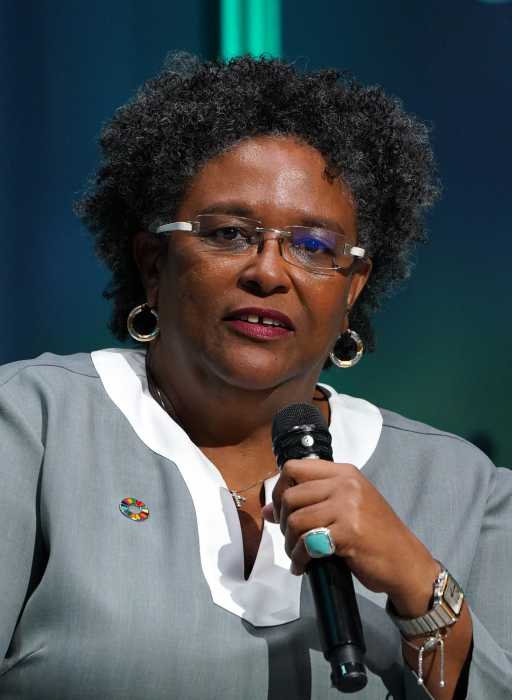In a Ditmas Park front yard, under a towering evergreen, a lot of buzzing is going on. That’s where the Boyers’ two beehives reside, soaking up morning sun. In the hot afternoon, the pine shades them.
Haitian musician–bass and percussion–Chico Boyer and his wife, Kathy, a graphic artist, like loving parents, care for their bees that thrived amidst lush summer blooms, which have long since faded as autumn creeps up.
Kathy tells it, “They don’t pollinate these plants. They fly elsewhere, up to three miles, including Prospect Park.” Now, late in the season and in lieu of blooms, they’re given a sugar water solution to keep them happy and working, and insure that they won’t dip into their stash of honey that will keep them alive during the winter.
The Boyers began nurturing their interest in bees through classes with the New York City Beekeeping Association in 2007. A year later, they ordered online their first two lots, each with a queen and 3,000 bees. Introduced into the hive, the queen flies up only once and mates with as many drones as possible, returning to lay up to 3,000 eggs, a day.
“It’s very educational for me,” says Chico, “I learn more about nature from watching the bees. We think, ‘it’s us against nature, but we are nature!’” Kathy adds, “We contribute to the balance of nature.”
During the working season, drones live up to only six weeks. “They’re so hard working, their little wings give out,” Kathy explains of their short life expectancy.
The typical hive has 60,000 bees. As the season is dwindling, they are down to about 45,000 in each hive. When it gets really cold, the bees compress into a compact ball and vibrate, keeping the queen at 92 degrees and eating the stashed honey, returning to work when it warms up.
These Ditmas Park hives are boxes stacked vertically in the method of the Langthroph Hive where bees build honeycombs into frames. Kathy explains that bees recognize patterns and look for a graphic to know where they live. For the Boyers, each stack/hive has a Haitian veve drawn on it: one is three percussion drums representing “petro tambou” and the other veve is “kongo wongo.” The vodou references resonate for Chico whose family was oriented in this way.
In addition to helping the environment by raising bees, Chico wanted to learn some skills to bring to Haiti. The neighborhood of his family home in Marin, La Plenn, an economically mixed outskirt area of Port-au-Prince, has many youth with nothing to do. Chico explains that beekeeping in Haiti will not just help the environment but can be an income supplement.
“We harvested 120 pounds, this season,” Kathy boasts, the different sized jars informally sold by word-of-mouth and to neighbors and friends. The early summer harvest produced a pale yellow Linden honey from Brooklyn’s many Linden trees and the end of September harvest, produced an amber wildflower honey.
“We have a lot of Christmas presents,” Chico says.
Their 90-year-old neighbor, Mary Campinile stops by for a quick visit, and pipes up about the bees, “I love it. They make honey and it’s good for everything. It’s home-made and not too sweet.”
There are 35 licensed owners of 85 hives in Brooklyn, 277 registered hives citywide, most situated on rooftops. The Boyers corner house offers bees this near-the-ground living opportunity. The hives are licensed–there is no cost–with registration that can be done online by the Department of Health. Basically, beekeepers must use appropriate practices to prevent bees from becoming a nuisance. The Boyers learned early on of the hefty fine levied on unlicensed hives.
Later this month, the Boyers will be presenting at a Bee Summit at the Schoharie River Center not far from Albany, sharing how bee keeping fits into Haitian culture.




















